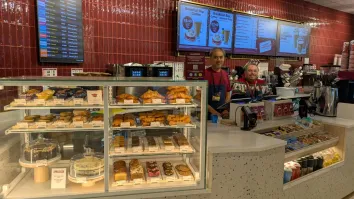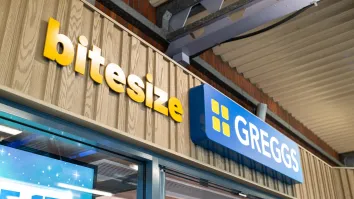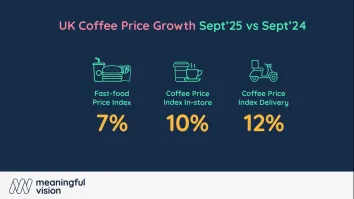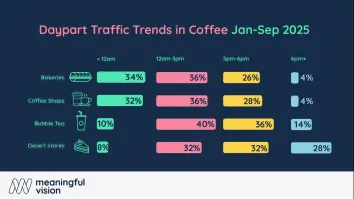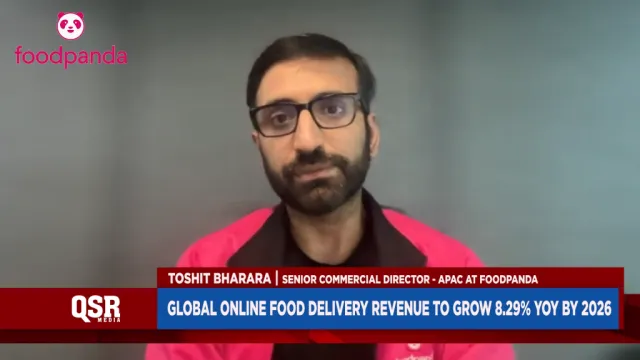
Burger prices rise as UK restaurant inflation hits new high
Prices for beef burgers in major quick-service restaurant chains increased by 3%.
UK foodservice inflation climbed past 6% in April, with beef burgers driving sharper-than-average price hikes, new data from Meaningful Vision shows.
Prices for beef burgers in major quick-service restaurant chains increased by 3% between January and April, with year-on-year inflation accelerating from 2% in January to 5% in April.
This rise correlates with the rising cost of raw beef.
According to the Agriculture and Horticulture Development Board (AHDB), prices paid to farmers for beef reached record highs in early 2025, increasing nearly 40% year-on-year, driven by declining cattle numbers, reduced slaughter rates, and rising production costs. Meanwhile, retail beef prices grew by almost 20% in April compared to the same period last year.
Chicken burger and sandwich prices increased less - by 2% in April, with 4% year-on-year growth. However, price changes varied more widely than in the beef category.
Poultry prices are also expected to rise further as the market faces significant challenges from ongoing bird flu outbreaks across Europe, from where the UK sources 20–25% of its imported chicken. Competition for chicken products has intensified amid the ongoing "chicken boom" in the fast-food sector, leading to rising prices and occasional short-lived supply shortages.
The effects of inflation are most visible in value menus, with chicken items up 9% and beef items up 6% since January.
Maria Vanifatova, CEO of Meaningful Vision, said that despite the relatively moderate price increases in fast-food seen until now, further inflation across the sector is expected in the months ahead.
“Price growth is expected for many products and not exclusively for beef. Whilst the rising costs of raw ingredients continue to influence retail pricing, increases in labour costs are the main driver of foodservice price inflation, where staffing accounts for a larger share of the total operating budget,” Vanifatova said.
Vanifatova added that by contrast, price inflation affecting ingredients impacts the grocery sector more profoundly than restaurants. “Meanwhile, as input costs across the board remain under pressure, restaurant operators will likely continue to adjust menus and pricing tiers in an effort to protect margins without losing value-conscious consumers.”



